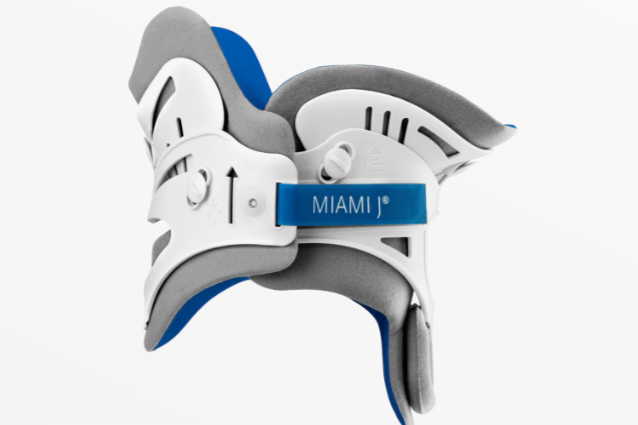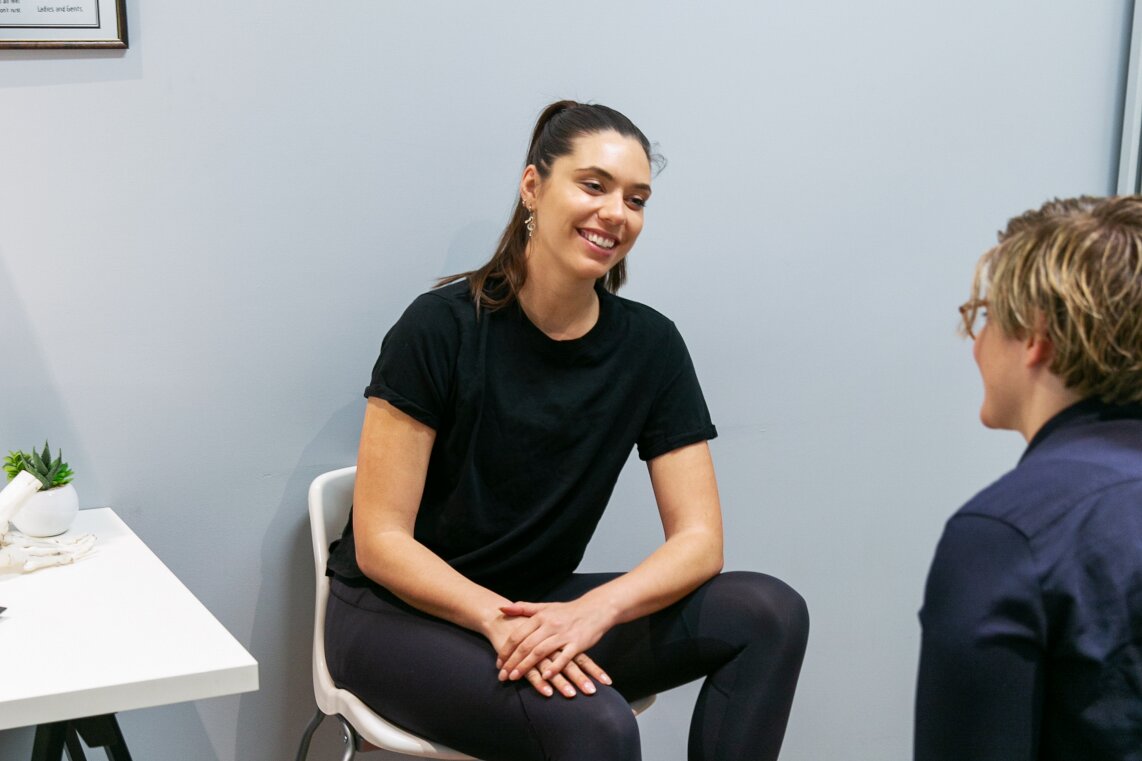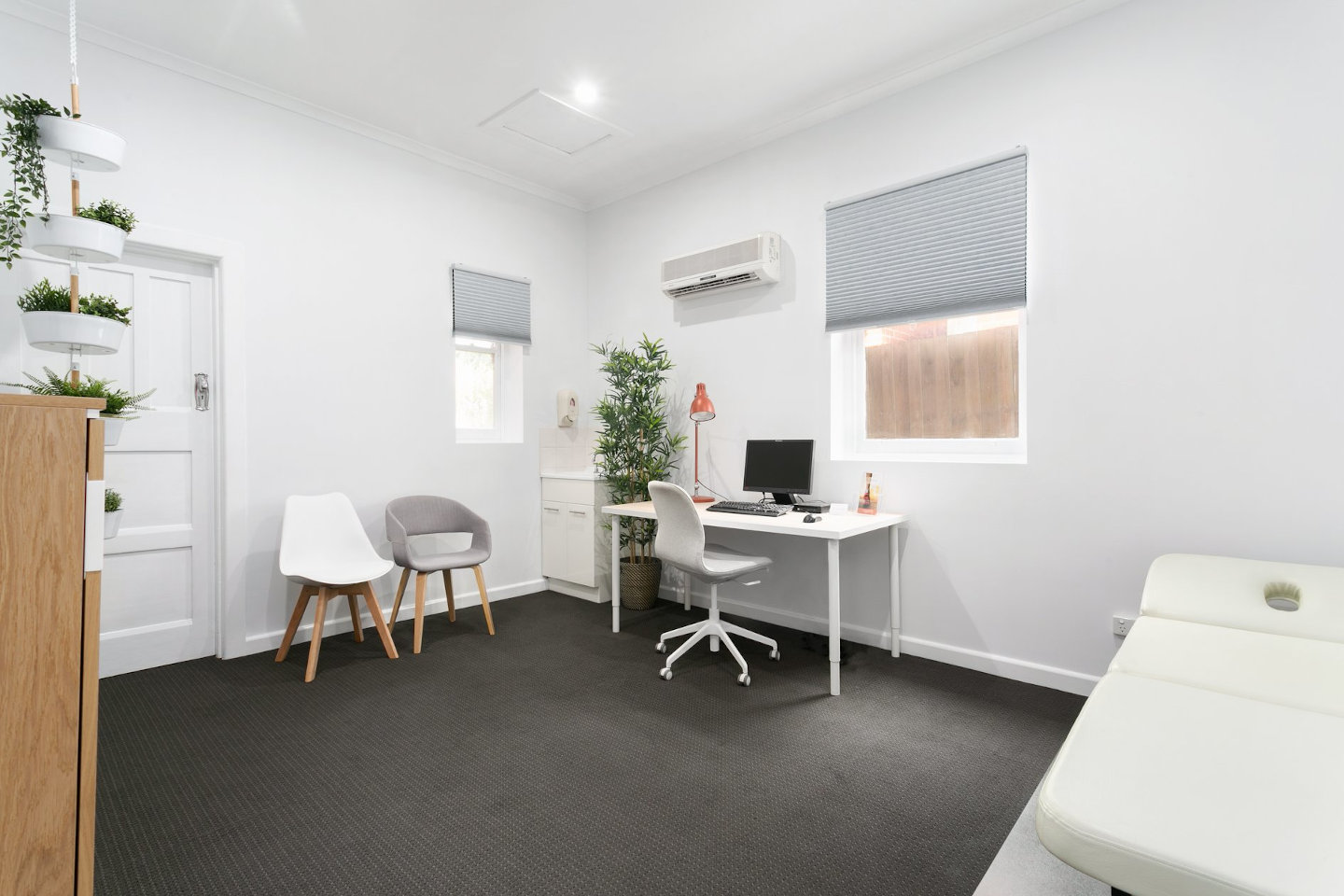When is a Spinal Brace Required?
A spinal brace is typically necessary for individuals with an acute injury to a spinal segment, such as a fracture or ligamentous disruption.
These braces may also be required post-operatively after surgery when it is necessary to immobilise the area while the surgical site heals.
In certain cases, spinal braces may be used for chronic issues, such as individuals with progressive osteoporosis, which can cause the spinal segments to collapse, or for those with postural issues that require additional support to maintain an upright position. However, these cases are less common.
The primary reason for fitting a spine brace is usually for acute injuries or post-surgical requirements.

Spinal Braces Available at Orthotics Plus
List of common prescriptions:
- Miami and Aspen collars (cervical collars)
- Thoracic spinal braces (Miami JTO and collar extension)
- Philadelphia collars
- MP45 Spinal Hyperextension braces, Anti flexon braces
- High Taylor and Low Taylor braces
- TLSOs (thoracolumbosacral orthosis), which come in various types
- Lumbar braces, which include sacro cinch belts or rigid supports that wrap around the waist
Importantly, each patient will be treated individually and given choice and control in terms of the service provided to them.

How Spinal Bracing Services Work

Description
From an Orthotist’s perspective, a spinal brace is a device that affects any of the spinal segments from the cervical (upper neck) to the thoracic (midsection) to the lumbar (lower back) and sacrum (near tailbone) region.
The primary purpose of these braces is to protect and immobilise the spine or to prevent unwanted motion in the affected area.
In some cases, custom protective guards may be necessary to provide additional protection to specific areas of the spine, but these are less common.

Referral Process
Please feel free to contact us to enquire about spinal bracing.
If you are being supported by a GP or specialist in Melbourne, they will place a referral directly to us on our referrals page.
We will aim to book an appointment with one of our caring, university-qualified team members.

Services
When prescribing spinal braces, our Orthotists will carefully evaluate each patient’s individual needs to ensure that the device is properly fitted and provides the necessary support and protection.
Regular follow-up appointments are often necessary to monitor the patient’s progress and make any necessary adjustments to the device.

Outcomes
The primary function of most spinal braces is to immobilise spinal sections and prevent pain and movement, which can aid in the healing process and improve patient comfort and quality of life.
Service Delivery by Orthotics Plus
From an orthotist’s perspective, spinal braces can be broken down into two main categories: presurgical and acute injury.
For Presurgical Cases
A patient will come in with a referral from a surgeon and require a brace for post-surgery use. In this case, we will measure the patient and either make the brace or order it in, then fit it to the patient prior to their hospital admission.
Depending on the hospital and clinician scope of practice, the brace can be put on the patient after surgery, or we can come in and make sure it is comfortable and fitting correctly after surgery.
For Acute injuries
Patients can come into Orthotics Plus with or without a referral from their GP or surgeon.
Depending on the type of brace needed, we may have to order it, or we may have it in stock.
Our priority is to ensure that the brace fits well, is comfortable, and effectively reduces the patient’s pain. Pain is a significant issue for many spinal injuries, so anything that can reduce pain and increase patient comfort is important to us.

Ongoing Support from Orthotics Plus
After fitting a patient with a spinal brace post-surgery, we typically schedule a follow-up appointment to ensure the brace is fitting correctly. From there, our review schedule will vary depending on the patient’s needs.
If the patient is using the brace comfortably and does not require any assistance, we may not need to see them again unless they request an adjustment or if there are changes in their status (i.e. weight or swelling) that impact the brace’s fit.
In other cases, particularly with certain types of braces, a review every few weeks may be necessary to change liners or make other necessary adjustments. For cervical spine braces where the patient cannot change liners themselves, we may need to see them every couple of weeks to wash, replace, and change liners.
Our goal is always to ensure that the brace is fitting properly and providing the necessary support and protection for the patient’s spinal injury or post-surgical needs.

Contact Orthotics Plus Today
Orthotics Plus is a professional Orthotist company in Melbourne.
- We have multiple clinic locations
- We were established in 2012 and gained experience in spinal treatments during this time
- Our staff have worked in tertiary trauma Hospitals who specialise in spinal management
- We work collaboratively with Allied health providers
- You will be treated with compassion and care
To enquire about spinal bracing, please use our clinic locations page to get started, we’d love to hear from you!

FAQ
Improper fitting of a spinal brace can lead to a higher risk of pressure injuries and sores, which is why it is essential to ensure that the brace is not causing any areas of high pressure.
In case of discomfort or pain, adjustments can be made such as heating and bending materials, trimming down, and ensuring that the pressure applied is tolerable and comfortable for the patient. We need to be careful to apply pressure only to areas that can tolerate it well.
Generally application of a spinal brace will reduce pain and symptoms.
The length of time a patient needs to wear a spinal brace is highly variable weeks depending on the injury or surgery. Typically, most cases are 4-12 weeks.
It is also dependent on the recommendation of the surgeon, who may advise a patient to wear the brace full-time for a certain period or only when necessary.
The transition to a different form of support is also dependent on the injury, with some patients not needing to transition at all and instead focusing on rehabilitation and abdominal strengthening exercises.
In cases where a patient needs to wear the brace while sleeping, such as with an upper neck fracture, they may wear it 24/7.